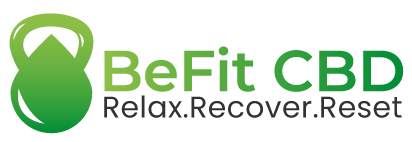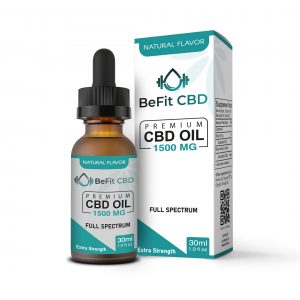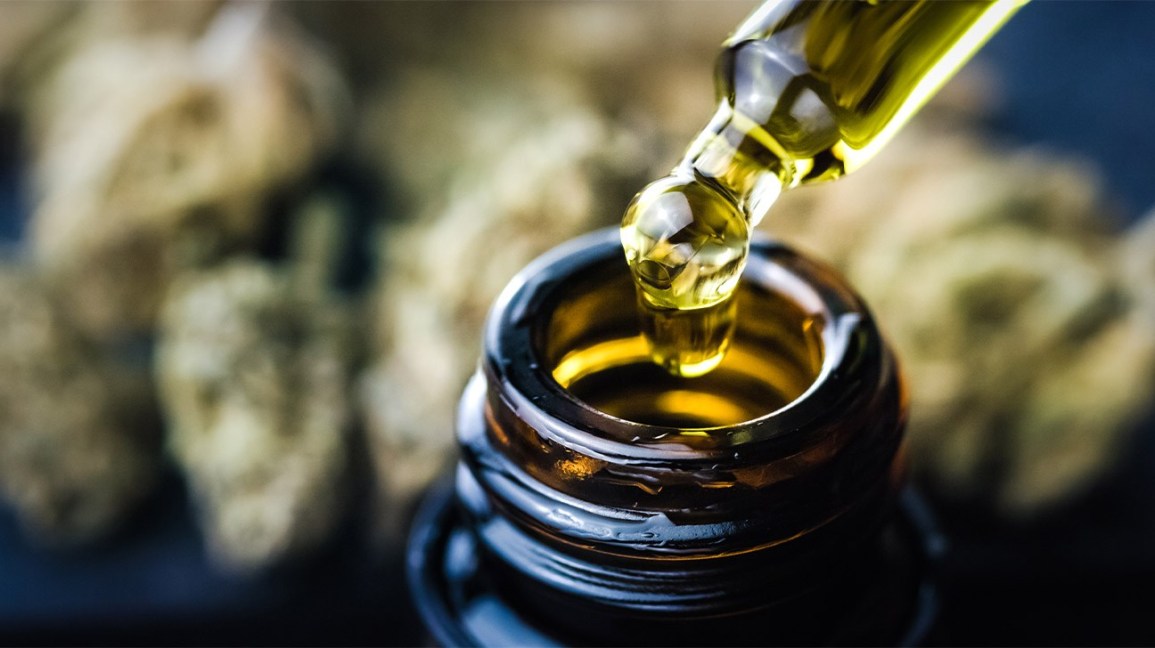CBD Products: How to Know If You Are Getting the Real Deal
Trumps’ 2018 farm bill is arguably one of the biggest news within the cannabis community.
In response, CBD has found its way into drinks, creams, oils, snacks – name it.
Only a few years back, the CBD industry was almost worthless. The sector, which stayed at $202 million in 2015, had grown to $688 million by 2016 and expected to hit $3 billion by 2021 – according to a Forbes publication.
As we celebrate these promising figures, we also need to remember that the CBD market is widely unregulated. Many manufacturers are cashing out big on buyer’s ignorance.
Findings show that about 26 percent of CBD products contain less CBD than the label says, while 43 percent contain more.
Not sure what to look out for in a pure CBD product?
This article offers you four pro tips to help you distinguish top-quality CBD from fakes.
Let’s go:
Investigate the Source
When buying top-quality CBD hemp oil, the source matters a great lot.
How the plant was grown, where, and the cannabis specie – whether Sativa, Indica, Ruderalis – all determine CBD oil quality.
Funnily, the climate, soil, and even the crops growing around your hemp farm may affect your CBD quality.
Noteworthy – cannabis, being a hyper-accumulator, magnets contaminants from the air and soil around. CBD extracted from hemp cultivated under “non-food” conditions may be toxin-laden.
German-certified hemp farms are remarkable for producing high-grade CBD materials globally. Generally, farmers in European countries adhere strictly to the European Union Standard, which is adjudged stricter than the US’s laws.
Seek Third-Party Test Result
Top brands in the CBD production industry invest thousands of dollars in obtaining a third-party lab test on their CBD products.
While the CBD market remains unregulated and a dumping ground for any CBD-labelled product, an independent third-party test helps verify claims by CBD manufacturers.
Typically, third-party labs help verify the potency and purity of CBD products.
Most manufacturers flaunt their third party lab test report – Certificate of Analysis – on the product’s label or their official websites. If you can’t find this info on the product’s website, feel free to ask.
Take note of the THC content
To be legal across the United States, CBD oil must contain no more than .3 percent THC.
Tetrahydrocannabinol (THC) is the high-causing component of the cannabis plant, which is typically low in the hemp plant. CBD is non-toxic and hence may not leave you high.
Sadly, most manufacturers are economical with the truth about the CBD content of their products.
The rule of thumb advises against CBD oil that doesn’t reveal a detailed list of ingredients – particularly CBD and THC.
While .3% is the legal benchmark, the lower, the better. Even, some products come with zero CBD concentration.
Check CBD-Hemp Oil Color
While subcritical CO2 extraction and/or supercritical method is a typically- recommended quality standard, the extraction method [alone] doesn’t guarantee purity.
Typically, CBD oil comes in three types:
- CBD in Raw Form – they come dark green – almost black. This is CBD oil in its crudity; before going through the processes. In this state, the oil still contains chlorophyll and terpenes and other plant matters.
- Decarboxylated CBD – here, CBD still resembles the raw CBD oil. But with the decarboxylated CBD, active properties have passed through the decarboxylation process, meant to ‘drop’ acidity and, as some claim, improve bioavailability. They come in similar appearance as raw tinctures.
- Filtered – Here’s most likely the CBD you know, or have consumed. Its fine light-golden appeal tells of a more refined product.
At this phase, the oil has undergone the decarboxylation and filtering stages, eliminating the plant matters that found its way during extraction.
You’d most likely prefer the filtered CBD for your dosage needs.
Wrap Up
Many CBD users suggest CBD may help handle certain wellness concerns. However, to get the best of your CBD – for whatever reason – you need to be sure you’re investing in best-grade CBD oils.
Remember not to fall for pro-designed product websites and enticing claims on their labels. Remember to check for source, a third-party lab test report, the THC level, and the color of your oil. With these, you can never go wrong on your purchase.

 FREE SHIPPING ON ALL PRODUCTS
FREE SHIPPING ON ALL PRODUCTS





